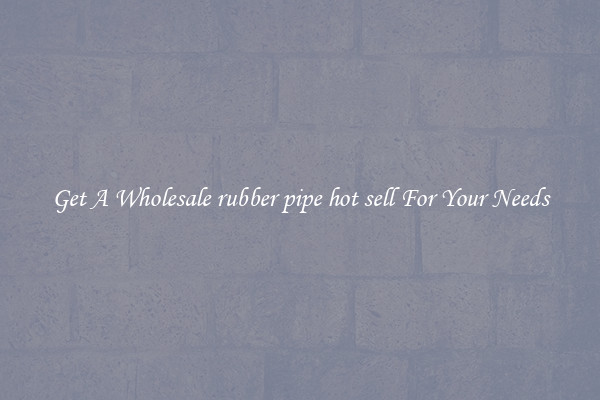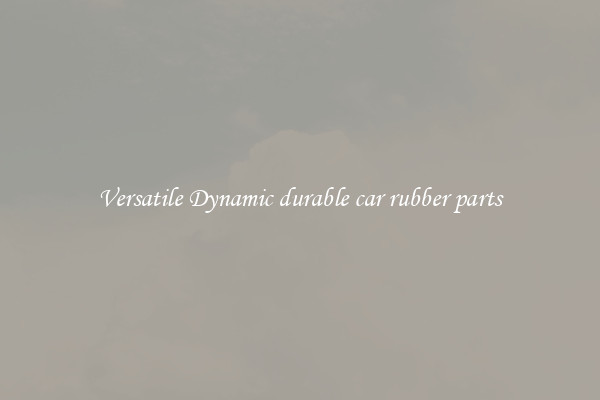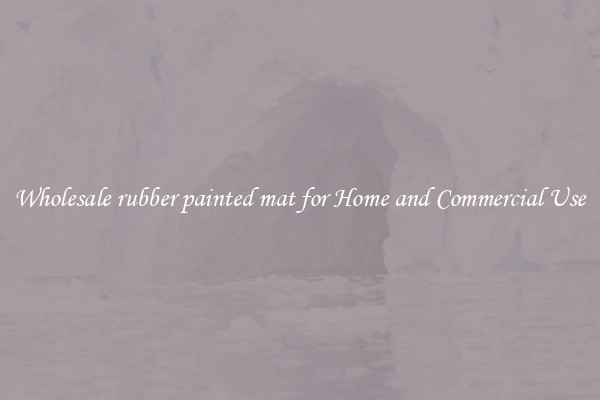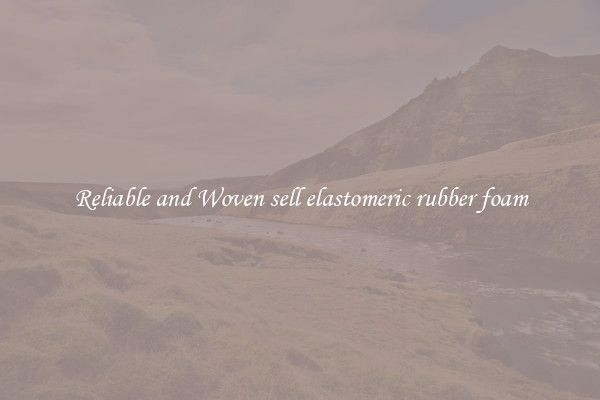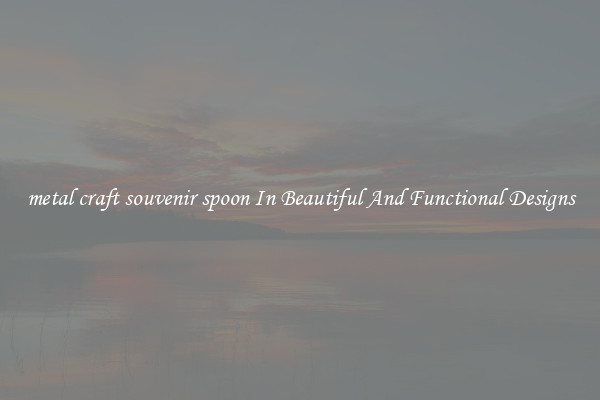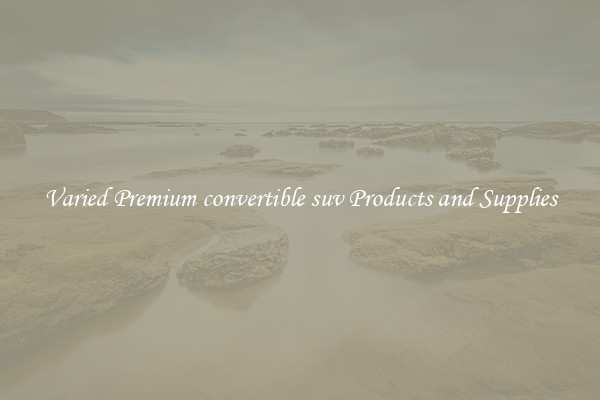rubber rail tie plates rubber rail tie plates Suppliers and Manufacturers
Rail tie plates are an essential component of railway tracks, providing support and stability to the rails. Traditionally, tie plates were made of metal such as cast iron or steel. However, with the advancement of technology and the need for more durable and sustainable materials, rubber rail tie plates have emerged as a popular alternative.
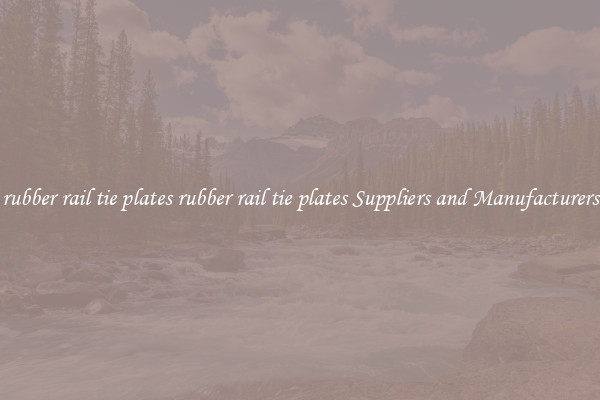
Rubber rail tie plates are made from high-quality rubber compounds that are designed to withstand the harsh conditions of railway tracks. They offer several advantages over traditional metal tie plates, including reduced noise and vibration, increased track stability, and improved performance in extreme weather conditions.
One of the key benefits of rubber rail tie plates is their ability to absorb and dampen noise and vibration. This is especially important in urban areas where noise pollution from trains can be a major concern. By using rubber tie plates, railway operators can significantly reduce the noise levels generated by passing trains, creating a more pleasant environment for nearby residents.
In addition to noise reduction, rubber rail tie plates also provide increased track stability. The flexibility of rubber allows the tie plates to conform to the shape of the rail, ensuring a secure fit and preventing movement or shifting. This helps to improve the overall performance of the track and reduce the risk of derailments or accidents.
Furthermore, rubber rail tie plates are highly resistant to corrosion, moisture, and UV exposure, making them an ideal choice for use in challenging environments. They are also lightweight and easy to install, reducing maintenance and labor costs for railway operators.
When it comes to choosing a supplier or manufacturer for rubber rail tie plates, it is important to look for a company that specializes in high-quality, durable materials. Companies that have a proven track record in the railway industry and use advanced manufacturing techniques are more likely to provide reliable and long-lasting products.
Overall, rubber rail tie plates offer a cost-effective and environmentally friendly alternative to traditional metal tie plates. With their superior noise and vibration dampening properties, increased track stability, and resistance to corrosion, rubber tie plates are an excellent choice for railway operators looking to improve the performance and longevity of their tracks.

View details
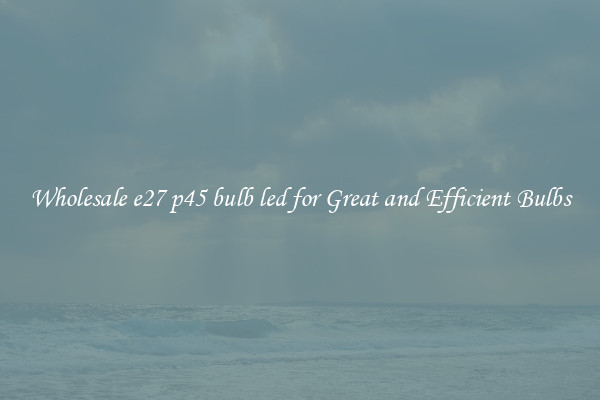
View details

View details
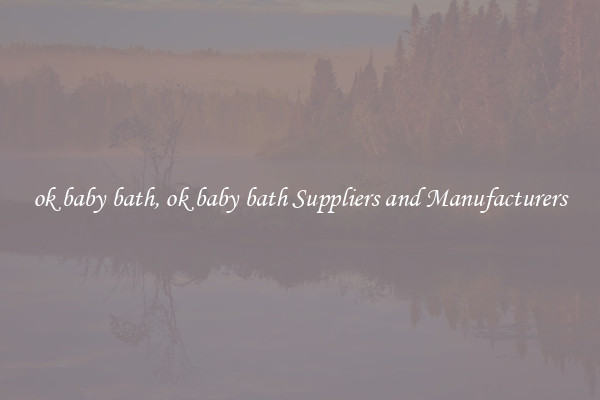
View details
